
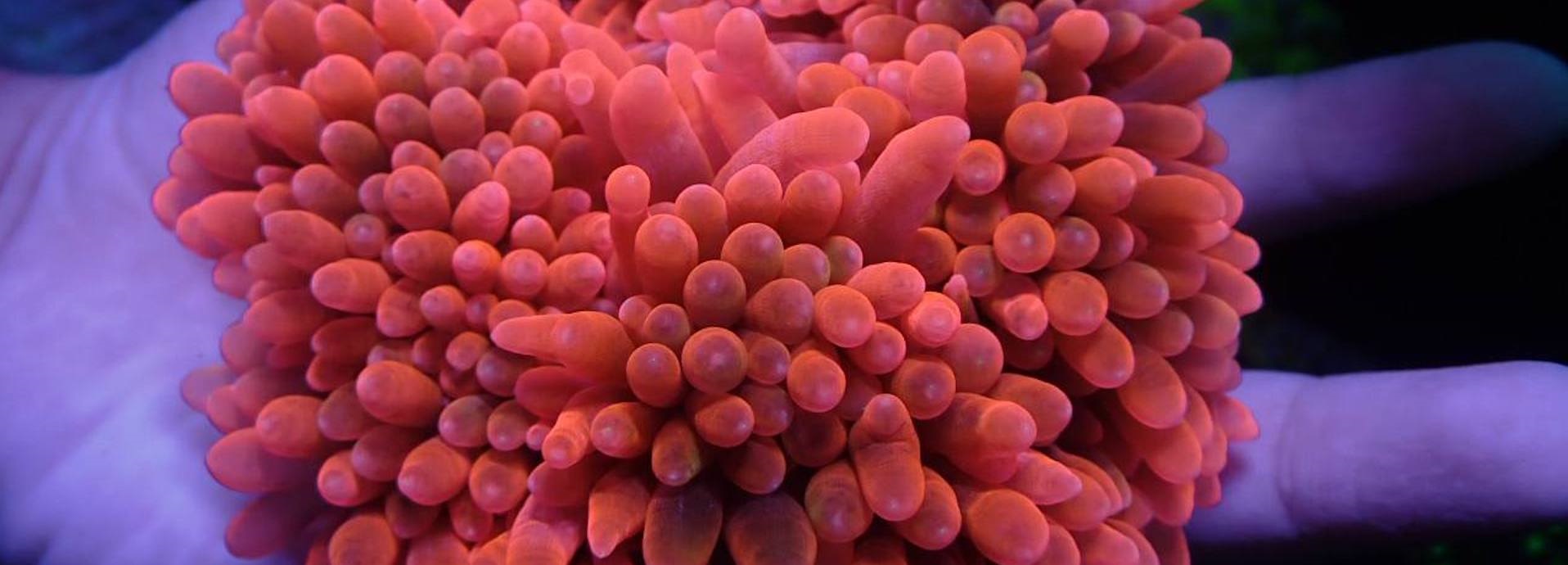
For Hwee Chye Lim (Leon), there are many aspects of the cybersecurity field that he finds fascinating, such as preventing hacking into computer systems. Away from the work laptop, he has another passion: the underwater ecosystem, which he now gets to enjoy while working from home.
This is the November edition of our People with Purpose series, which highlights the employees of Wärtsilä by looking at the pivotal moments in their lives and what inspires them beyond their daily work. Now, Leon, our Cybersecurity Analyst in Singapore, tells us about the colourful journey on which his love for the sea has taken him.
Feeling the connection
I have always felt an unexplainable, deep connection with the sea. I still remember when I was a kid, I would pester my family to take me to the beach. While most kids would build sandcastles, I was the ‘weird’ kid who would sit near the shore, feet placed where the waves would stop and start to recede, staring out to the vast horizon. I still do that now, but it’s deemed a more normal practice for adults as opposed to building sandcastles.
As a Singaporean male, I served part of my two years’ National Service with the Navy as a midshipman. My journey out on the open seas strengthened my awareness of this marine connection. I felt at peace whenever I looked out across the vast expanse of waves. It made me feel limitless, free.
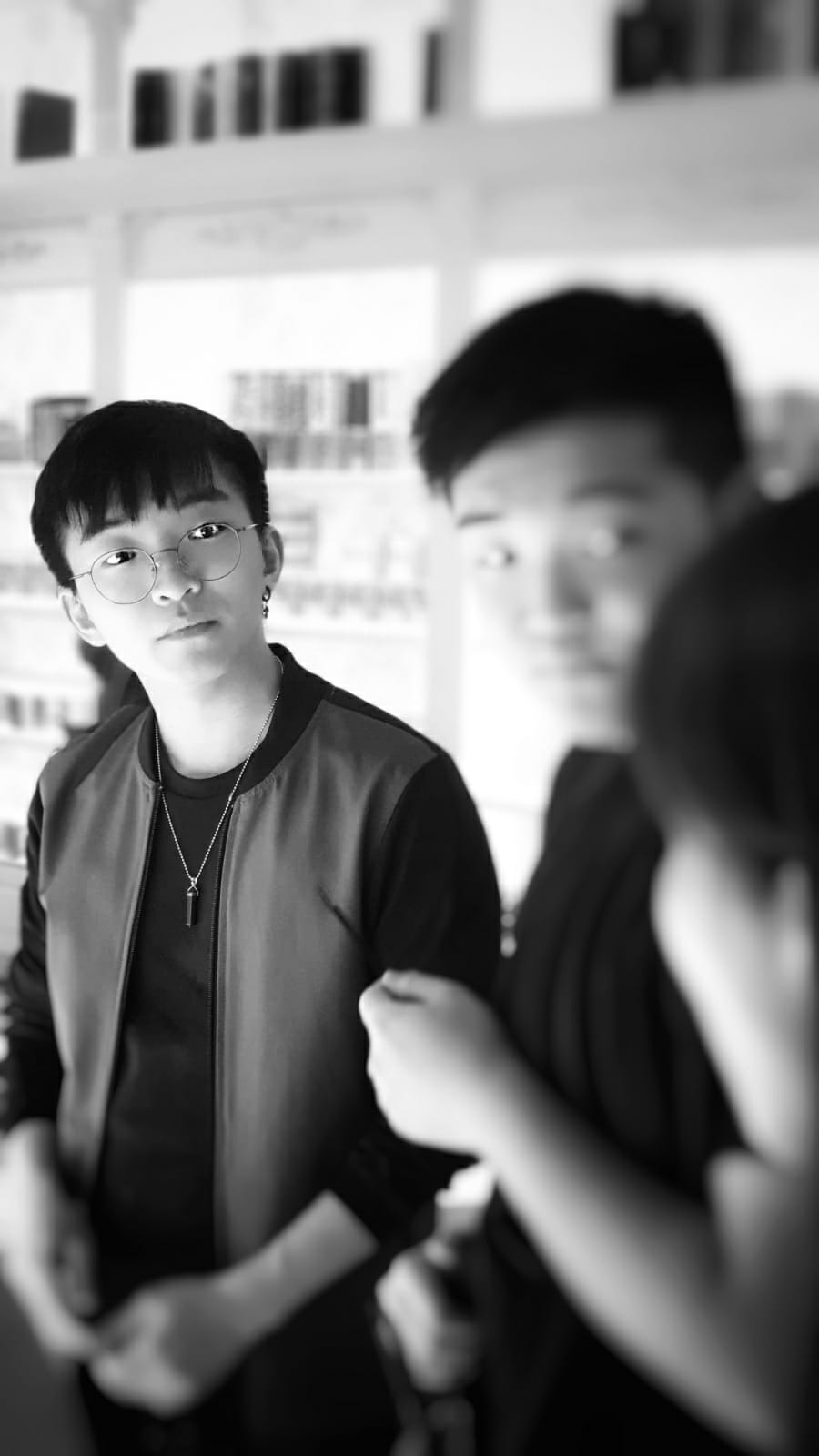
The coolest pet
If you have never been to Singapore, I’d describe it as a small, safe country with lots of opportunities to explore your potential – yet there are restrictions all over. I love animals and would get a snake or a crocodile skink as a pet, but unfortunately those are restricted. We only get to choose from mainstream pets, such as cats, dogs and so forth. I have always wanted to have something cool – something I could boast to my friends about.
Consequently, when a friend of mine introduced me to the reef aquarium hobby, I was hooked. When I stepped foot into that store, I was instantly drawn to the main 90x60x60 cm display tank that was proudly showing off some of the most amazing colours you could imagine. If you told me a rainbow is the most colourful sight you could think of, clearly you haven’t seen a reef tank before. The colours mostly come from the coral as they elegantly sway in motion, under the shy glow of the blue LED light above them, highlighting their picturesque colour, contrast and gradient.
The idea of owning a piece of the sea in the comfort of my own home appealed to me and I decided to start my very first nano 60x30x30 cm reef tank.
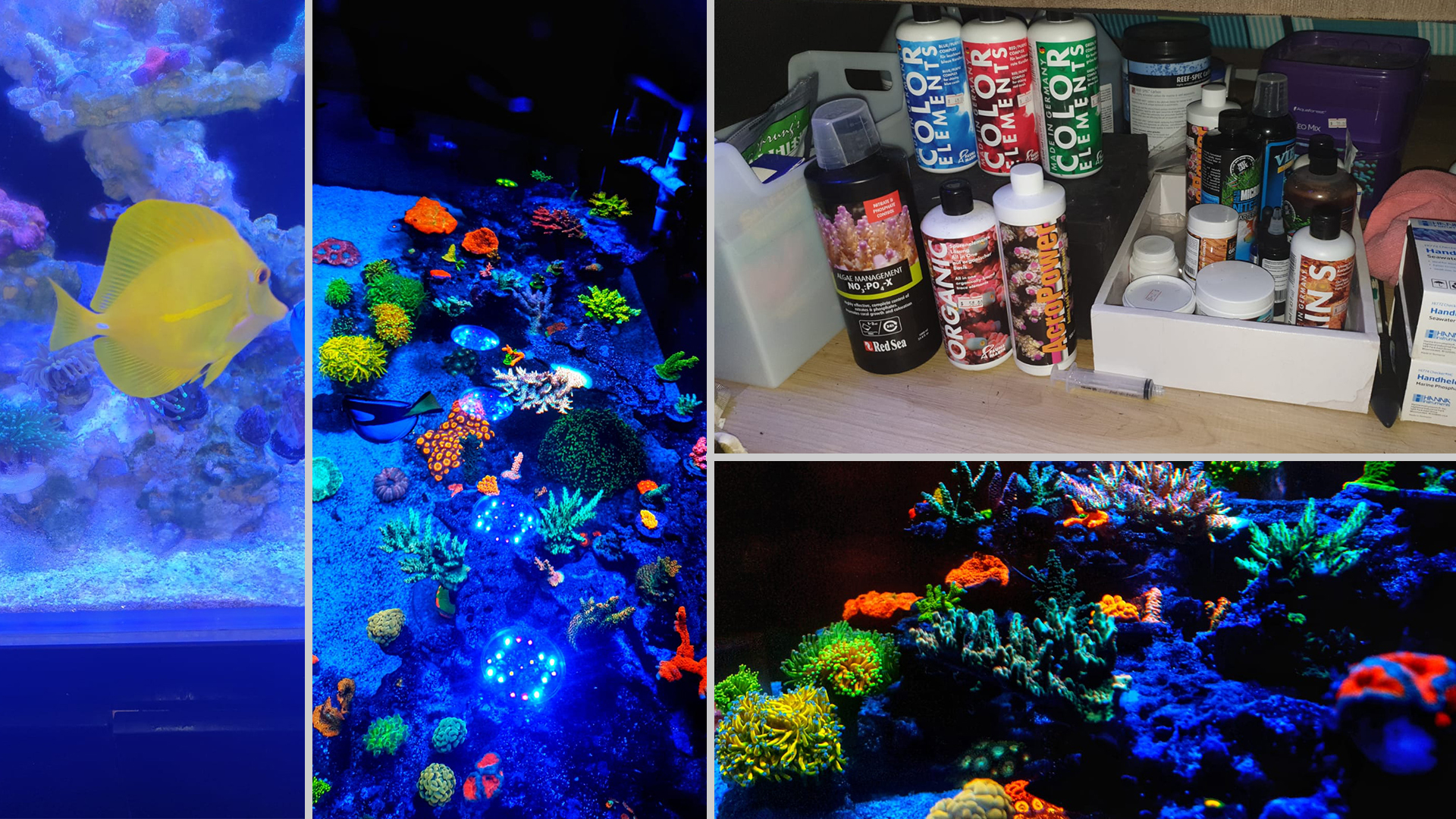 Pictures of my home tank.
Pictures of my home tank.
Horror stories are there for a reason
Every single time someone asks if I have a pet and I respond with ‘I have a reef tank’, I get asked this question: ‘I heard it is difficult, is it true?’
Yes, it is difficult. But only if you do not know how things work and start slacking on tank husbandry. When I first started the hobby, I had to restart my tank countless times because I kept getting the basics wrong. Restarting was expensive and as the tank is much like having a dog or a cat, you build a relationship with the livestock, meaning the losses hurt emotionally.
Luckily, technology has advanced to a stage where we can now rear these saltwater livestock with a high-success rate in a controlled environment. Decades ago, the livestock were pretty much guaranteed to be ‘dead meat’ after a month or two in the tank, which is maybe how those horror stories started.
Now, I spend approximately 4-5 hours a week catching up on maintenance, checking coral health and feeding the fish. It is a lifestyle, but I can still travel and everything; usually, I get a trusted family member or friend to do the basics like feeding for me. I also have friends in the same hobby, and they have far more experience and therefore even better-looking tanks.
My family and other friends love my tank as much as I do. They find it cool and an under-rated hobby. Even though it is expensive, once done correctly, it is fulfilling to see the vibrant colours boom.
Corals are demanding pets
I have thoroughly researched this hobby. I had to understand the compatibility between different coral and fish species, the pros and cons of various equipment, water chemistry and its relationship with the livestock, as well as proper tank handling and minimal tank husbandry requirements. Unfortunately, I only started this research after becoming frustrated that my coral kept dying after a few months, fish were contracting illnesses and I faced regular equipment malfunctions.
Coral is especially hard to keep. They are essentially categorised into four types, each of which requires a lot of tender loving and care. They show unhappiness when their colours get dull, or their polyps aren’t extending. Unlike most animals (yes, corals are animals – not plants), they can’t vocalise an issue or give a hint about what went wrong. That makes them challenging to keep.
On a basic level, fish don’t require much except a stable water temperature and salinity. On the other hand, coral require a stable water temperature, salinity, the right chemistry, expensive quality lighting and good water flow. It may not sound like much, but every requirement poses its own challenges, especially the water chemistry that many novice reefers fail to keep stable. Those who fail one too many times, usually quit.
To learn from these failures and to share their experience with fish, coral and equipment, there are supportive online forums and groups for reefers around the world.
Now, I can call myself a veteran reefer
After a couple of years of experience under my belt, I decided to setup a bigger 120x60x60 cm reef tank in February 2021. I wanted it to be dominated by Small Polyp Stony (SPS) corals that are the ‘branching’ ones that you normally see when you go scuba diving or snorkelling. They are the epitome of reefing.
SPS corals have the most insane colour contrasts and unique characteristics, but only experienced reefers dare to venture into this domain. They are notorious for being unforgiving when it comes to water parameters and do not usually give any visual signs of unhappiness. Instead, they start off-the-bat dying via tissue necrosis, whereby the coral’s tissue starts to tear off the skeletal structure.
As I encountered a few of these necrosis issues in the first few months, I focused on stabilising my water chemistry and all has been smooth sailing since. Now, I have approximately 40 SPS variants in my tank and my all-time favourites are the Indonesian Strawberry Shortcake and Miyagi Tort – at least until my Oregon Blue Tort unleashes its full colours.
I tend to collect rare or premium livestock in my tank. An example would be my Sunrise of East Sea Montipora – for which I think the picture speaks for itself.
Artist at work
At one point, I thought about turning my passion for the sea into a career. But I realised that it was better to keep reefing as a hobby. Now, I get to enjoy the underwater life after my day job, which gives me a lot of joy as well. I see my work in Penetration Testing as more of an art rather than a profession. I love surprising new customers who think their cybersecurity is robust and secure enough, by pointing out vulnerabilities that we should solve together.
My teammates at Wärtsilä have different expertise areas which makes work more efficient, as we can view matters from many different angles. My current supervisor is a team player who thinks outside of the box and keeps work interesting by giving me great ideas. We have built a team spirit that ensures reliance on one another if we hit a wall. In return, I’m their supporting pillar.
Caring for corals in the wild
My latest tank is about eight months old and counting. It doesn’t look as full as the other tanks because I enjoy watching the coral grow from a frag to colony size. I only support aquacultured corals because of the current climate change situation.
As corals are depleting worldwide, it doesn’t make sense to further deplete them by removing them from their natural habitat for aquarium trade purposes. In addition, aquaculture can help preserve certain specimens which are becoming endangered or going extinct due to climate change.
Working in Wärtsilä’s cybersecurity team, I know that sustainability is high on everyone’s agenda here, and I feel involved in initiatives that are reducing carbon emissions and increasing the share of renewable energy. Still, it concerns me that one day in the future, we may reach a point where corals can no longer survive in the wild.
It would be a tragedy to lose this magnificent art gallery where Mother Nature gave us free-entry passes. I urge you all to do your part in slowing down climate change, whether it is by reducing water waste or using renewable energy.
Every small effort counts.
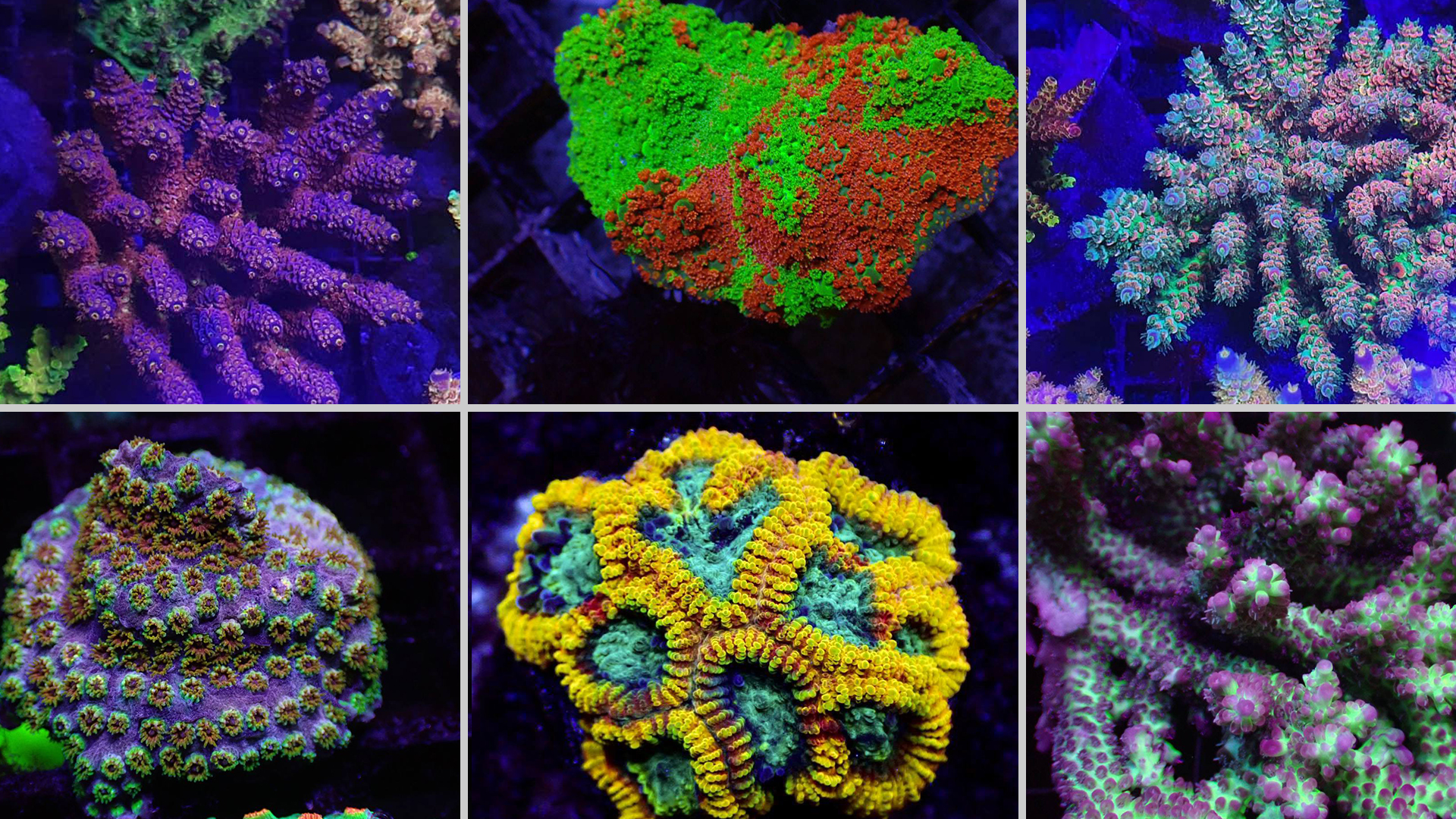 SPS and LPS corals – top row from the left: Angry Bird, Sunrise of East Sea, Walt Disney – Bottom row from the left: Skittlebomb Cyphastrea, Yellow Submarine Favia, Strawberry Shortcake (Photos courtesy of Ivan from S5 Corals).
SPS and LPS corals – top row from the left: Angry Bird, Sunrise of East Sea, Walt Disney – Bottom row from the left: Skittlebomb Cyphastrea, Yellow Submarine Favia, Strawberry Shortcake (Photos courtesy of Ivan from S5 Corals).
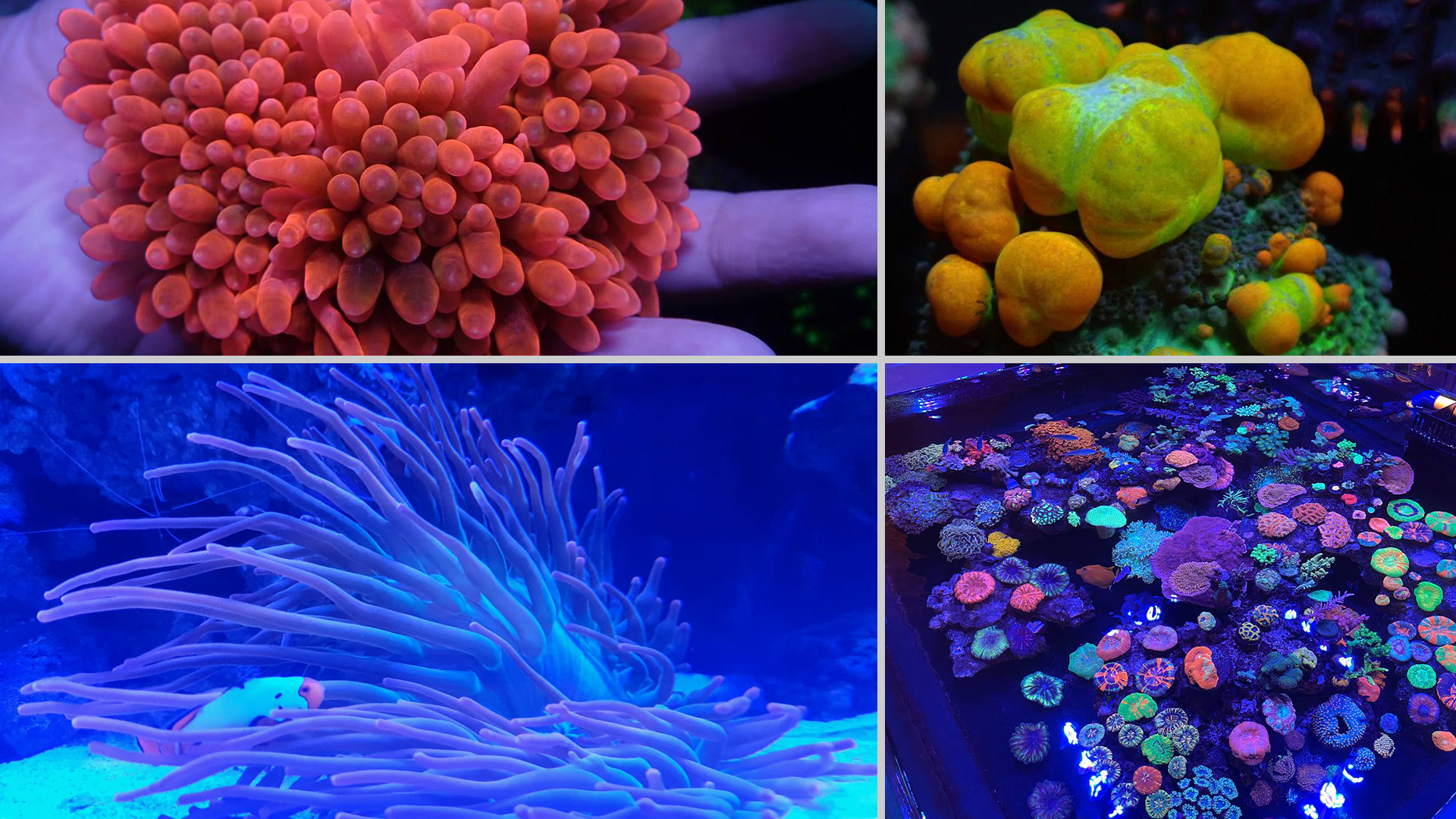
From top left to right: Black Widow Anemone, OG Bounce Mushroom, Clowns & Anemone, S5 Shop Tank.
Did you like this? Subscribe to Insights updates!
Once every six weeks, you will get the top picks – the latest and the greatest pieces – from this Insights channel by email.


